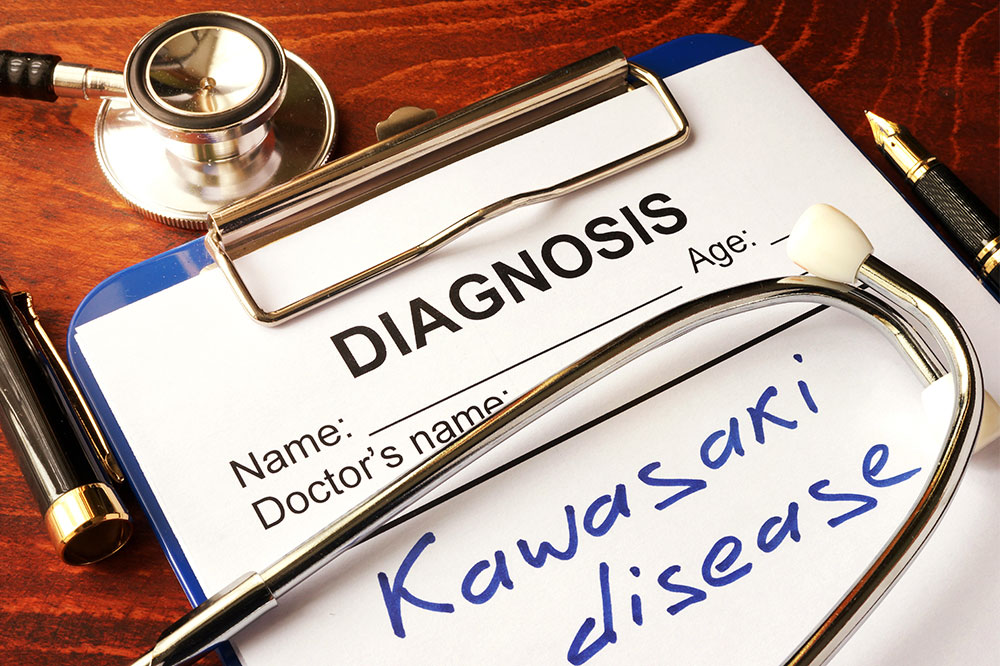
Diagnosis and treatment of Kawasaki disease
Also called mucocutaneous lymph node syndrome, Kawasaki disease causes swelling in the body’s artery walls. The swelling blocks the blood supply to the heart and can be fatal. The condition primarily affects children below five and leads to symptoms like high fever, vomiting, red skin, rash in the genital area, and thick eye discharge. This article discusses the condition’s diagnosis and treatment options.
Diagnosis
Since some Kawasaki disease symptoms like fever and vomiting are common, they can be easily confused with other health conditions. Hence, tests are done to rule out the possibility of juvenile rheumatoid arthritis, toxic shock syndrome, measles, and scarlet fever, among others. Depending on the symptoms, doctors conduct the following tests:
- Blood tests
These are mostly done to check the blood cell count in the body. In Kawasaki disease, the WBC count is high, and there are signs of anemia and inflammation. Sometimes, blood tests are also done to look for B-type natriuretic peptides; however, this may not be a conclusive sign. - Echocardiogram
As the name suggests, this is an ultrasound test that determines the child’s heart health. It can tell if the coronary arteries are under stress, so that treatment can be administered accordingly. - Electrocardiogram
This test uses electrodes attached to the skin to understand the child’s heart rate. An irregular heartbeat is one of the tell-tale signs of Kawasaki disease.
Treatment
Kawasaki disease is treatable. Initially, treatment is aimed at controlling the fever to prevent heart damage. It is done using medication administered intravenously or orally. While the treatment may seem simple, it should be administered by a health professional in a health facility to ensure the child does not have severe reactions to any medicines.
Once the fever is controlled, doctors monitor the heart and artery health. Follow-up tests are done in regular intervals to monitor the situation and understand the condition better. A pediatric cardiologist may help parents understand their child’s health at this point.
So, while the disease is severe, it is also treatable. This enables children to cope with their health positivity. However, it is crucial to trust health professionals so that they can administer the best treatment options.


